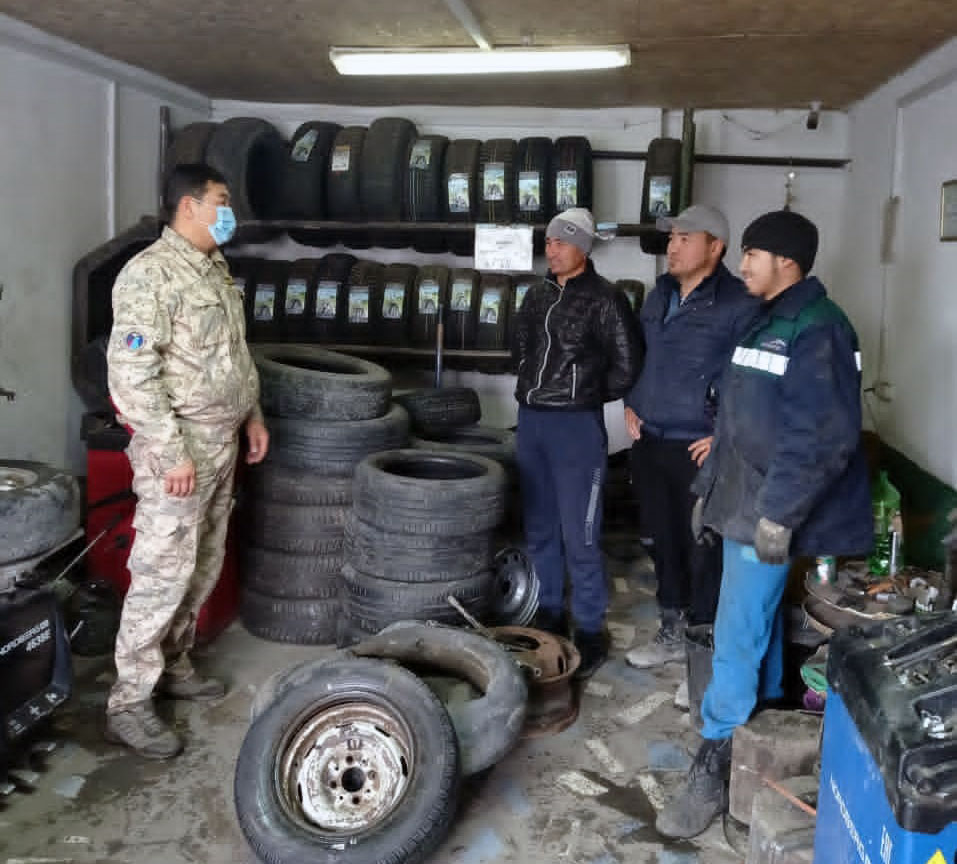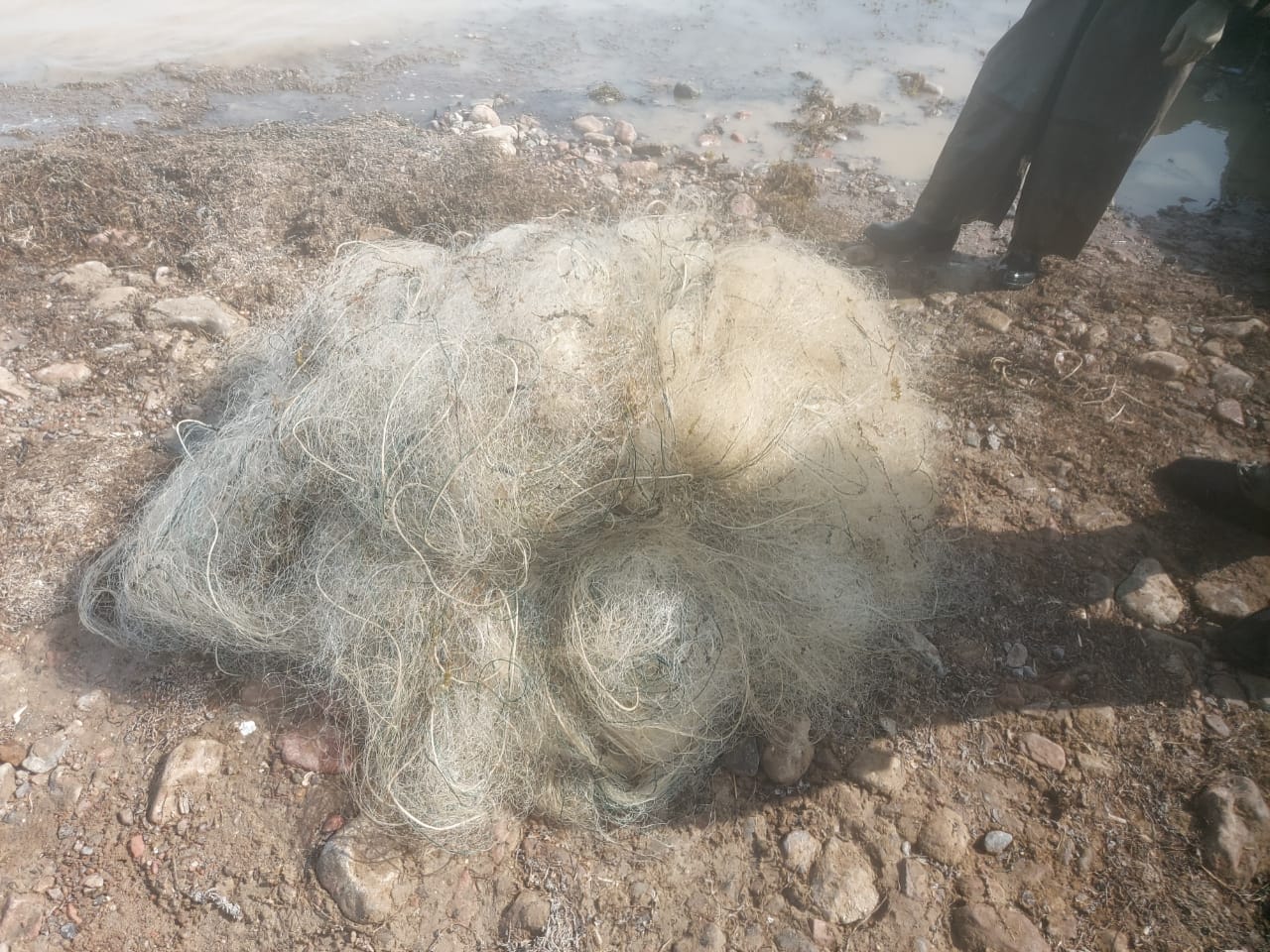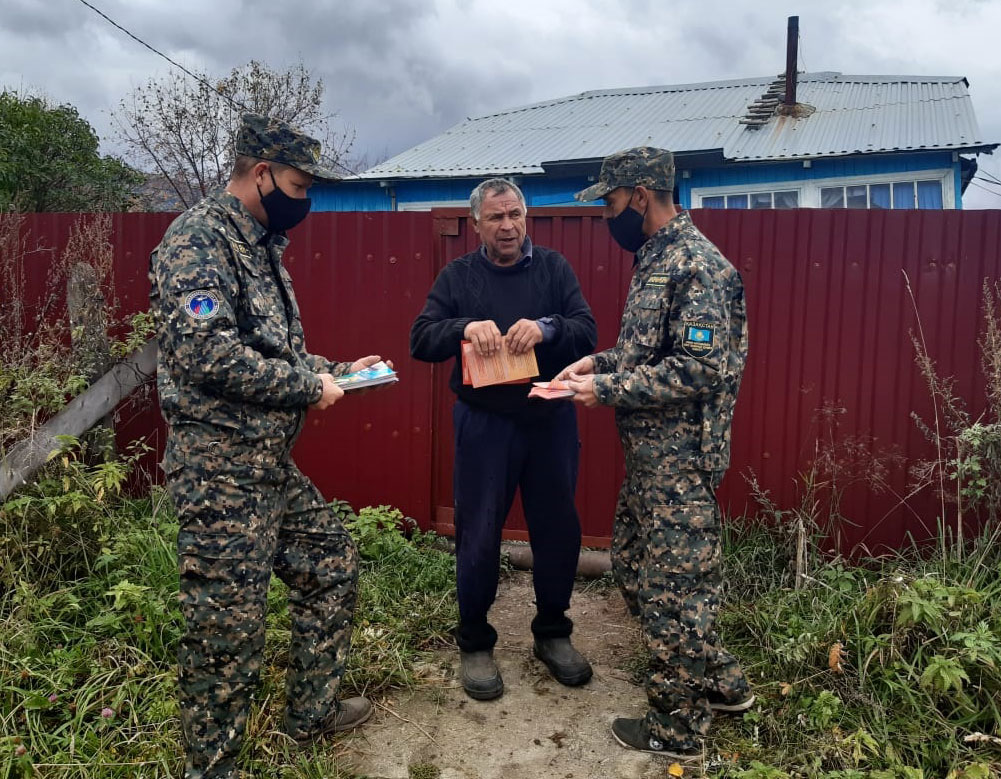Forest fires in the modern era are a powerful factor influencing the formation of forests. They partially or completely destroy vegetation, disturb the microclimate, change the properties of the soil and, in general, adversely affect the ecological situation. Therefore, the protection of forests and vegetation is of paramount importance today.
The study of the dynamics of forest fires over the past 50 years shows that there is a steady trend towards an increase in their number. Especially through human fault. It is estimated that 95-98 percent of all fires are caused by human activities. These are not extinguished fires, abandoned cigarette butts, unquenched matches, sparks from cars, agricultural burns and much more. Protection of forest resources from fires is a daily, painstaking, laborious work, which is carried out in accordance with Article 17 of the Forest Code of the Republic of Kazakhstan and the Fire Safety Rules of the Republic of Kazakhstan. all year round. But the situation becomes especially tense with the arrival of the fire-hazardous period, which begins in early spring and ends in late autumn.
Each of us must know and follow the rules of behavior in the forest so that a disaster does not happen, the consequences of which affect for many years.
You should not visit the forest unnecessarily during a fire-hazardous period.
It is necessary to minimize the use of fire when visiting the forest, do not throw cigarettes and matches that have not been extinguished, do not make fires.
If, nevertheless, there is a need for a fire, you need to know the simplest rules for making a fire in the forest and be able to apply them in practice.
How to light and put out a fire correctly?
Remember: making fires under the canopy of a forest, especially young conifers, on peat soils, in places where their breeding is prohibited, as well as during a fire-hazardous period, is prohibited under any circumstances.
For a fire, choose a clearing on the shore of the reservoir of such a size that this place is at least 10 meters away from the edge of the forest.
Remove turf 1 meter by 1 meter or even more from the area where the fire will be set up.
After stepping back 1 meter from this site, dig up a strip of land 0.5 meters wide. These conditions must be observed especially carefully in forests with dry (sandy) soils, as well as in dry and windy weather.
Some tree species produce especially many sparks when burning. Sparks from such firewood scatter over considerable distances.
Dry firewood from pine, cedar, larch and birch does not give sparks. Depending on the goal that you are pursuing, kindling a fire, you need to pick up firewood in another way. For a fire on which food is cooked or heated, it is better to use dry and relatively thin firewood so that it flares up quickly, quickly and completely burns out, leaving no coals and embers.
When laying out a fire, one should always remember about the possibility of a forest fire. Therefore, it is necessary to think in advance how and how to quickly extinguish the fire.
Eliminating or extinguishing a fire after using it is the most critical operation. If unburned firewood, smut or large coals remain in it, they should be buried, while watering abundantly with water. Ash and small (less than 2-3 centimeters in diameter) coals, embers must be raked over the entire area of the fireplace, poured abundantly with water until burning or smoldering completely stops. It is necessary to fill the fire at least twice, pouring water over the whole fire in an even layer, and the last portion of water must be poured over the edge of the fire, its outer part.
Observing these rules, we will prevent fire and preserve the beauty of nature for ourselves and our descendants.
Instructor of the APG of the Ridder aviation department Kuzmin M.A.
Leninogorskaya Pravda newspaper







